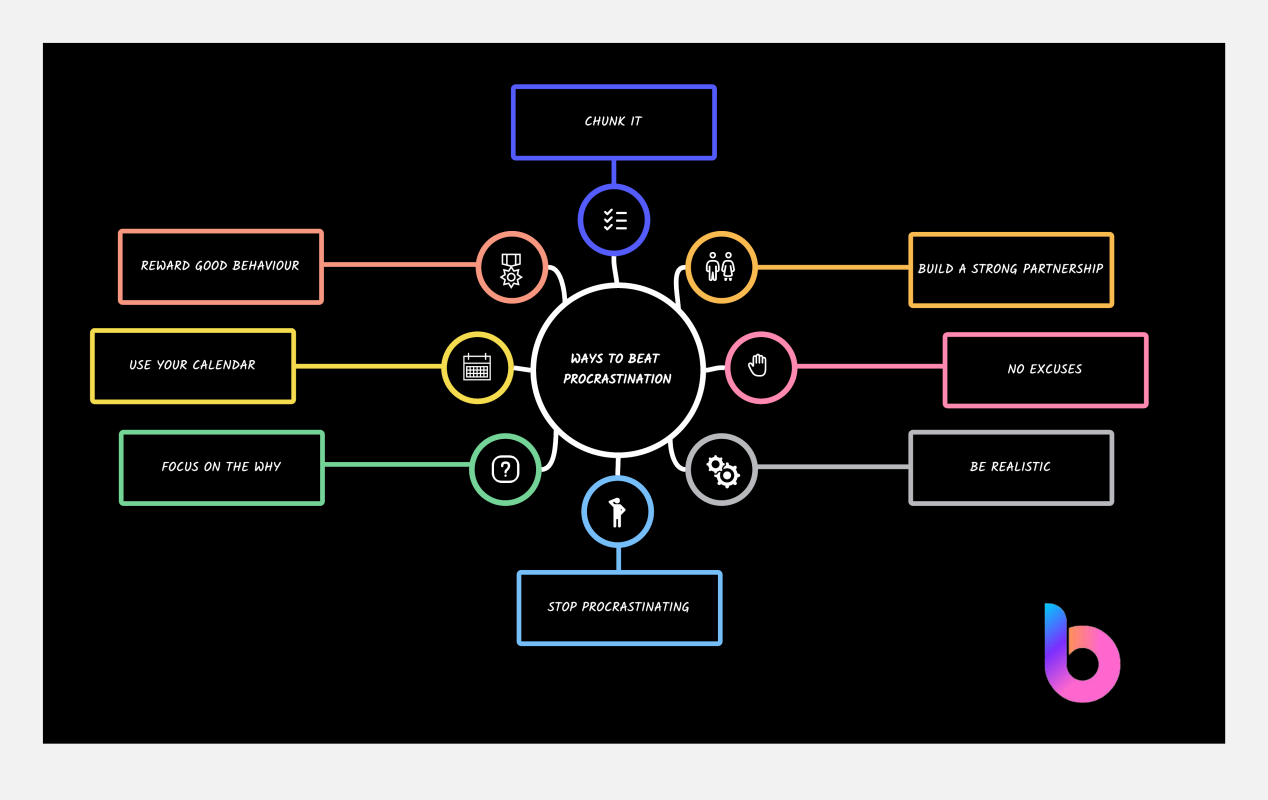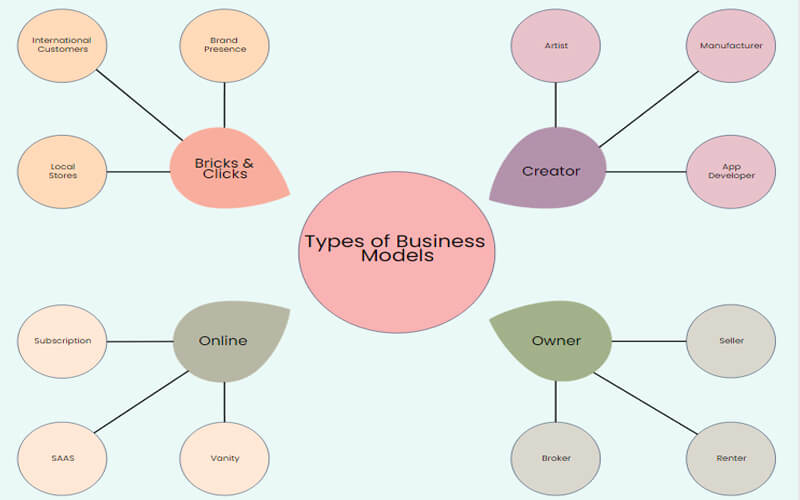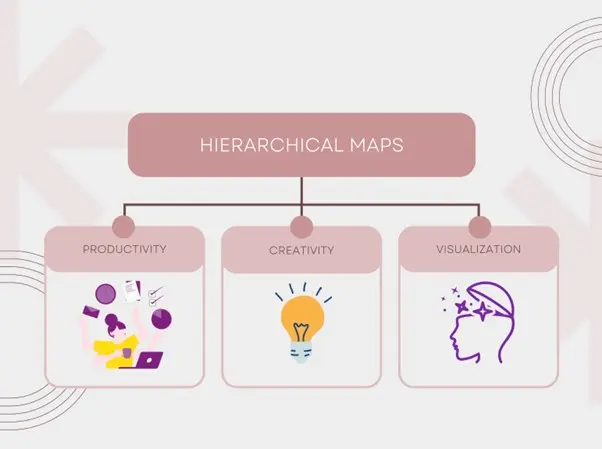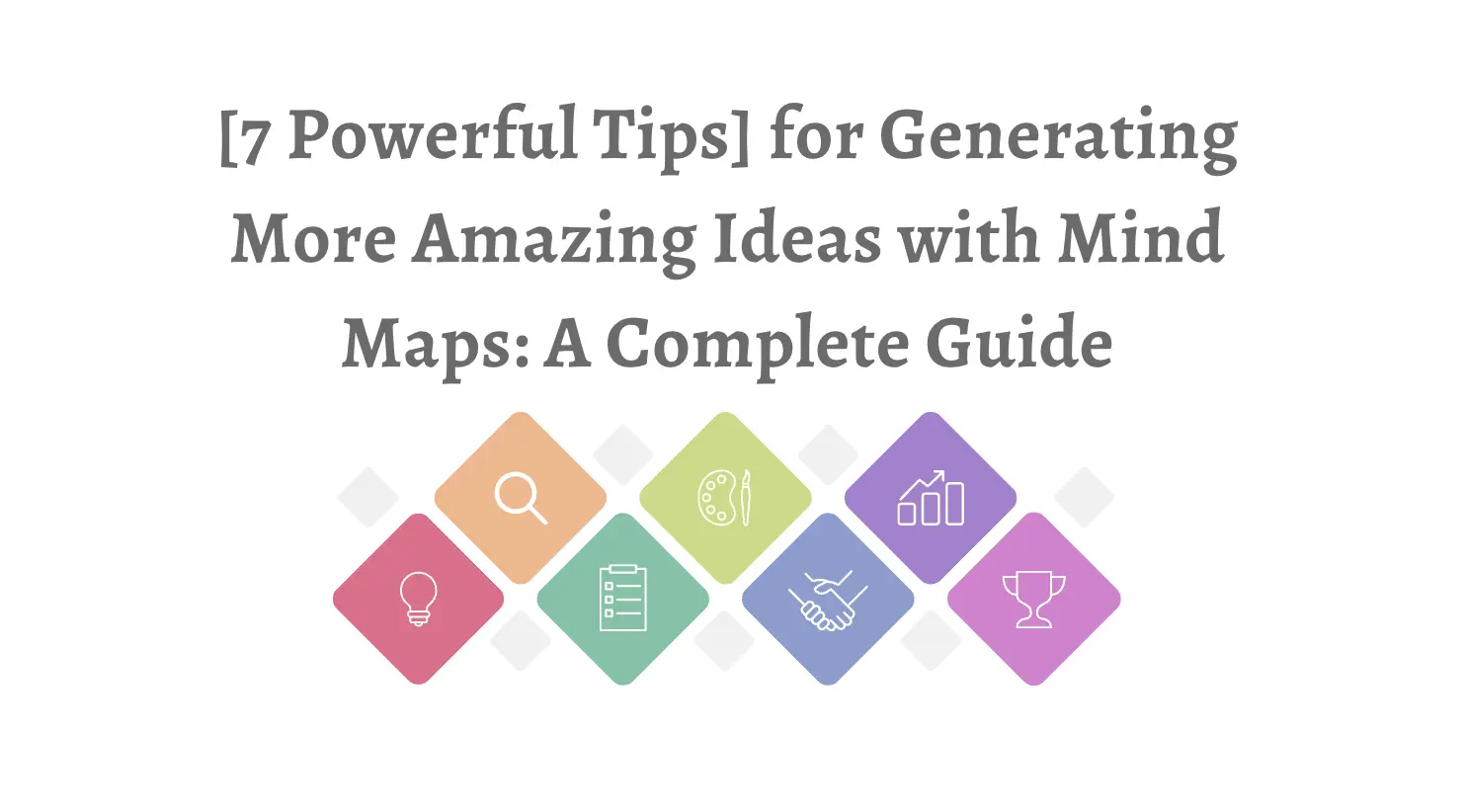
7 Amazing Reasons Why Mindmaps Are Powerful Tools for Software Development Projects
Discover seven incredible ways mindmaps can transform software development projects, making them more organized, collaborative, and innovative.
Education Consultant
![[7 Amazing Reasons] Why Spider Maps Are a Powerful Tool for Learning and Creativity](/_astro/Why Spider Maps Are a Powerful Tool for Learning and Creativity.CukyYjn1_1EsDTL.webp)
Spider maps, also known as mind maps or concept maps, are an incredible tool that can transform the way you approach learning, brainstorming, and organizing information. Their unique structure and visual appeal make them a favourite among students, educators, professionals, and creatives alike. In this blog, we’ll delve into seven amazing reasons why spider maps are a powerful tool that can enhance your productivity and creativity.

Image from: Boardmix
Spider maps are a visual representation of information, where a central idea is placed in the middle of the page, and related subtopics branch out from it like the legs of a spider. This format allows for a clear and organized display of complex information, making it easier to see relationships and hierarchies between different concepts. The central node, representing the main topic, serves as the anchor from which all other ideas extend, creating a structured yet flexible framework for knowledge and creativity.

Image from: Wondershare EdrawMax
One of the most remarkable aspects of spider maps is their ability to simplify complex information. By organizing data into a visual, easy-to-understand format, spider maps help you see the relationships between different concepts at a glance. This clarity is especially beneficial when dealing with subjects that have multiple interconnected elements, such as scientific theories, historical events, or project plans.
The central node, which represents the main topic, branches out into subtopics, creating a visual representation that mirrors how our brains naturally process information. This method of organization not only aids in comprehension but also in retention, making it easier to recall information later.
Spider maps leverage the brain’s natural ability to recognize patterns and relationships. This powerful organization method helps in boosting memory and retention. When you create a spider map, you’re actively engaging with the material, which reinforces learning. The act of organizing information into a visual structure creates a mental model that is much easier to remember than a list of bullet points or paragraphs of text.
Studies have shown that visual aids can improve learning by up to 400%. By incorporating images, colors, and diagrams into your spider maps, you can create a memorable and engaging learning tool that sticks in your mind.
Brainstorming can often feel chaotic and overwhelming, but spider maps bring amazing creativity and structure to the process. By starting with a central idea and branching out into related concepts, you can explore different avenues without losing sight of the main goal. This method encourages free thinking while maintaining a clear visual structure that prevents you from getting lost in your thoughts.
Spider maps are particularly useful in group brainstorming sessions. They allow everyone to see how ideas are connected, fostering collaboration and ensuring that all contributions are valued and considered.
One of the key strengths of spider maps is their powerful flexibility. They can be adapted to suit any subject or task, from planning a project to studying for an exam, from organizing a novel’s plot to preparing a presentation. The format remains the same, but the content can be tailored to fit your specific needs.
For students, spider maps can be used to summarize chapters, outline essays, or prepare for exams. Professionals can use them for project planning, meeting notes, or strategic planning. Creatives can outline stories, map out characters, or brainstorm new ideas. The possibilities are endless.
Spider maps are an amazing tool for making learning fun and interactive. Their visual nature and the use of colors, images, and diagrams can turn a mundane task into an engaging activity. This is particularly important for younger learners or those who struggle with traditional learning methods.
Creating spider maps can be a hands-on activity that involves drawing, coloring, and arranging information in a way that makes sense to you. This active involvement increases engagement and motivation, making it more likely that you’ll stick with the task and absorb the information.
In today’s fast-paced world, finding ways to save time and improve productivity is crucial. Spider maps offer a powerful solution by helping you organize your thoughts quickly and efficiently. Instead of writing lengthy notes or lists, you can create a spider map that captures all the key points in a concise, visual format.
This efficiency extends to reviewing and revising information as well. A glance at your spider map can refresh your memory, making it easier to prepare for meetings, exams, or presentations. The clear, visual layout also makes it easier to identify gaps in your knowledge and areas that need further attention.
Effective communication is essential in both personal and professional settings. Spider maps are an amazing tool for presenting your ideas clearly and effectively. The visual format makes it easy for others to understand the relationships between different concepts, which is particularly useful in presentations, reports, and collaborative projects.
When you present a spider map, you’re not just sharing information; you’re telling a story. The central idea and its branches guide your audience through your thought process, making it easier for them to follow along and engage with the content. This clarity and structure can enhance your credibility and make your presentations more impactful.
Image from: Creately
While spider maps offer numerous benefits, it’s important to recognize their limitations as well.
Benefits:
Limitations:
Image from: Quora
Creating a spider map is simple and requires minimal tools. Here’s a step-by-step guide to get you started:
Spider maps are an amazing and powerful tool that can transform the way you learn, brainstorm, and communicate. Their unique ability to visualize complex information, enhance memory and retention, foster creativity, and improve productivity makes them invaluable in a wide range of settings. Whether you’re a student, professional, or creative, incorporating spider maps into your toolkit can help you achieve your goals more effectively and efficiently. So, why not give spider maps a try and experience their amazing benefits for yourself?

Discover seven incredible ways mindmaps can transform software development projects, making them more organized, collaborative, and innovative.
Education Consultant

Explores the benefits of hierarchical maps across different industries.
Education Consultant

Discover seven powerful tips to unlock your creative potential using mind maps, enhancing your ability to generate amazing ideas.
Education Consultant